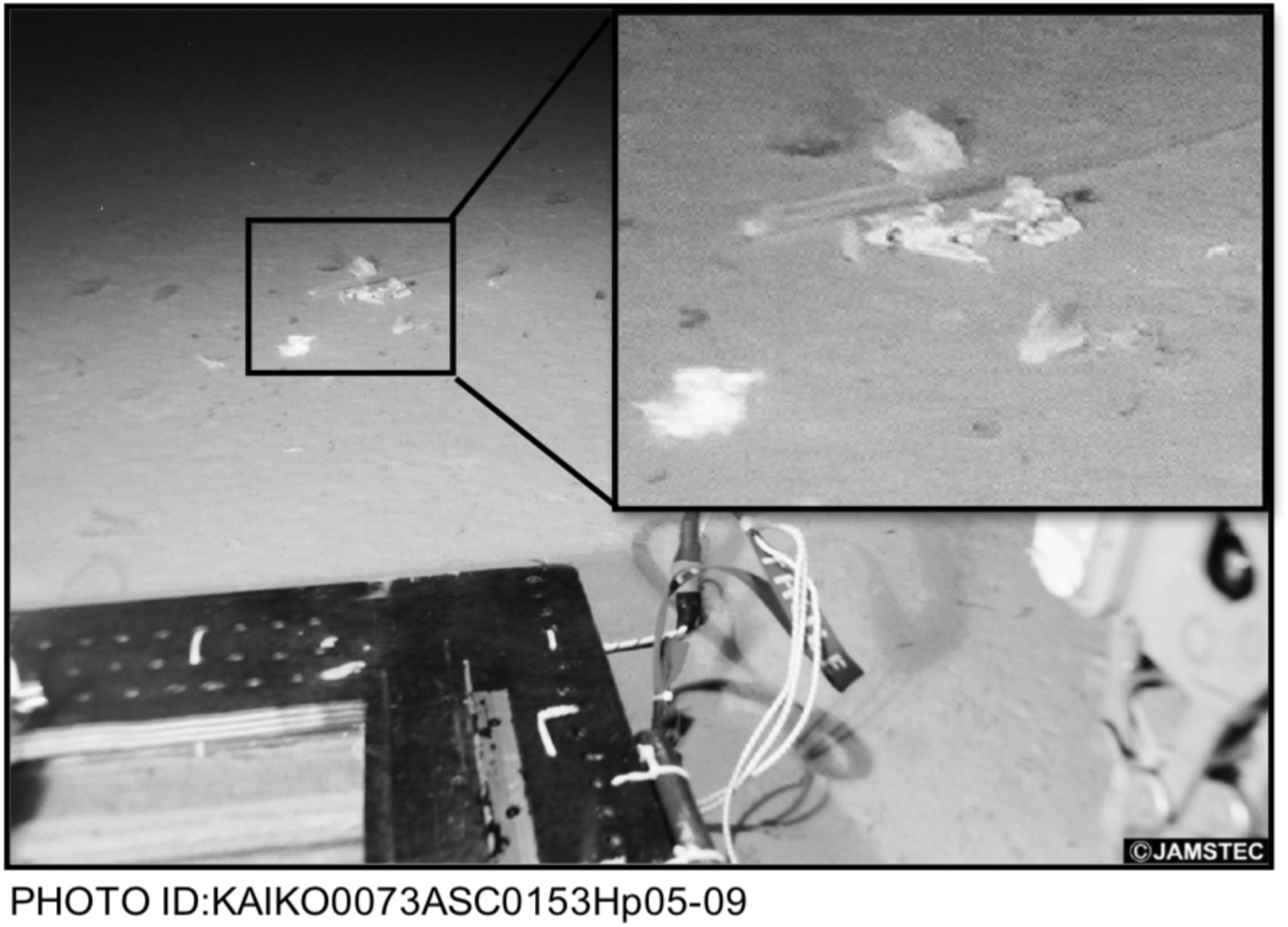Elsevier, Current Opinion in Green and Sustainable Chemistry, Volume 13, October 2018
Until now, much Green and Sustainable Chemistry has been focused on how chemicals are made. Here we suggest that, if chemistry is to contribute effectively to achieving the SDGs, we need to change the way that things are done at both ends of the chemical supply chain. For chemical research at the start of the chain, we need to rethink how we build the laboratories in which we carry out the research so as to minimize the use of energy.
Elsevier, Current Opinion in Environmental Sustainability, Volume 34, October 2018
The transformational potential of Agenda 2030 lies in the synergies to be found among the Sustainable Development Goals (SDGs). The SDGs were designed to be interdependent, requiring enhanced policy coherence for sustainable development, and forests have a prominent role to play in their success.
Elsevier, Current Opinion in Environmental Sustainability, Volume 34, October 2018
Actions on climate change (SDG 13), including in the food system, are crucial. SDG 13 needs to align with the Paris Agreement, given that UNFCCC negotiations set the framework for climate change actions. Food system actions can have synergies and trade-offs, as illustrated by the case for nitrogen fertiliser. SDG 13 actions that reduce emissions can have positive impacts on other SDGs (e.g. 3, 6, 12, 14, 15); but such actions should not undermine the adaptation goals of SDG 13 and SDGs 1, 2, 5 and 10.
Elsevier, Current Opinion in Environmental Sustainability, Volume 34, October 2018
As the Millennium Development Goals did earlier, the Sustainable Development Goals have mobilised the international community into what can be the most important, although the most challenging, development goals of the 21st century. However, a main limitation has been that the SDGs considered as a baseline the inaccurate figures that were presented by the UN at the end of the MDGs. These figures were not challenged, not even by the academic community, who in many cases has used them uncritically.
Elsevier, Current Opinion in Environmental Sustainability, Volume 34, October 2018
This paper examines the potential and limitations of SDG 5 (Gender Equality) in helping to achieve household food security. The potential lies in the attention it pays to women's access to land and natural resources, which can significantly enhance women's ability to produce and procure food. Its limitations lie in a lack of attention to the production constraints that women farmers face; its failure to recognise forests and fisheries as key sources of food; and its lack of clarity on which natural resources women need access to and why.
Elsevier, Current Opinion in Environmental Sustainability, Volume 34, October 2018
The relationships between the natural environment and poverty have been a central theme in the sustainability and development literatures. However, they have been less influential in mainstream international development and conservation policies, which often neglect or fail to adequately address these relationships. This paper examines how the Sustainable Development Goals (SDGs) may influence the framing of environment–poverty relationships. We argue that the SDGs’ comprehensive nature could provide an opportunity for better environment–poverty integration.
Elsevier, Sustainable Cities and Society, Volume 42, October 2018
Towns and cities worldwide emit significant pollution and are also increasingly affected by pollution's health and climate impacts. Local decision makers can alleviate these impacts by transitioning the energy they control to 100% clean, renewable energy and energy efficiency. This study develops roadmaps to transition 53 towns and cities in the United States, Canada, and Mexico to 100% wind, water, and sunlight (WWS) in all energy sectors by no later than 2050, with at least 80% by 2030.
Elsevier, Resources, Conservation and Recycling, Volume 137, October 2018
Activities in the food-energy-water nexus require ecosystem services to maintain productivity and prevent ecological degradation. This work applies techno-ecological synergy concepts in an optimization formulation to design a system for co-producing food and energy under constraints on ecological sustainability. The system includes land use activities and biomass conversion processes for the production of energy carriers, as well as supporting ecosystems that increase the supply of key ecosystem services.
Elsevier, Resources, Conservation and Recycling, Volume 137, October 2018
A policy and research agenda has emerged in recent years to understand the interconnected risks natural resource systems face and drive. The so-called ‘Food-Energy-Water’ (FEW) nexus has served as a focal point for the conceptual, theoretical and empirical development of this agenda. This special issue provides an opportunity to reflect on whether natural resource use, as viewed through the FEW-nexus lens, provides a useful basis for guiding integrated environmental management.
Elsevier, Marine Policy, Volume 96, October 2018
This study reports plastic debris pollution in the deep-sea based on the information from a recently developed database. The Global Oceanographic Data Center (GODAC) of the Japan Agency for Marine-Earth Science and Technology (JAMSTEC) launched the Deep-sea Debris Database for public use in March 2017. The database archives photographs and videos of debris that have been collected since 1983 by deep-sea submersibles and remotely operated vehicles. From the 5010 dives in the database, 3425 man-made debris items were counted.

